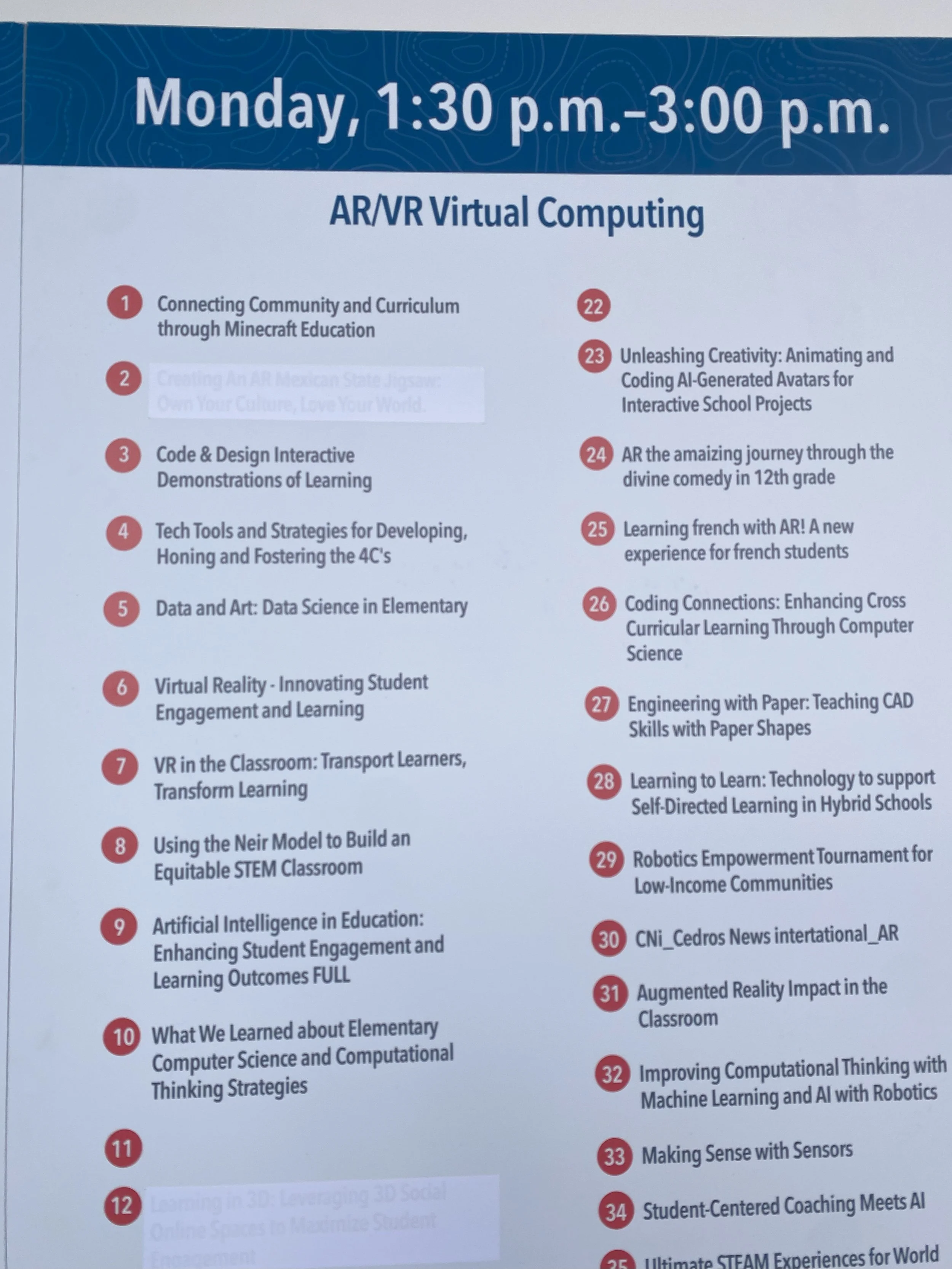Spreading the Message NEIR and Far
Last week, I had the incredible opportunity to attend the ISTE Conference in Denver, Colorado. The conference was a vibrant hub of passionate educators from across the country. One of the highlights of my trip was presenting on the NEIR Model, a method I’ve started using after an incredible in-person training session during the summer of 2022. This training was an eye-opener, providing deep insights and practical strategies for fostering equity in the classroom.









The NEIR Model, with its focus on creating Equitable Learning Environments (ELEs), is truly a game-changer. It has equipped me with the tools to understand and address the diverse needs of my students, ensuring that every student has the opportunity to succeed. The best part of the conference was meeting so many dedicated teachers. I connected with educators from diverse backgrounds, all eager to make their classrooms more equitable. Their stories and experiences were truly inspiring, and we shared a common goal: to ensure every student has the opportunity to thrive.
In my engineering and robotics classrooms, I have incorporated the NEIR method to create a more inclusive and supportive environment for my students. The great training I received from the STEM Equity Initiative, aimed at STEM Excellence in Engineering Equity, has made me more aware of my students' needs, helping me become a better teacher. This training equips educators to develop Equitable Learning Environments (ELEs) that increase rural high school students’ interest in STEM and engineering careers. I've seen firsthand how understanding and addressing the diverse experiences of my students can significantly enhance their learning and engagement. This transformative impact of the NEIR method is why I felt compelled to write a proposal to present my experiences at ISTE.
Lori Colangelo, M.Ed at the ISTE Conference
Sharing how this model has improved my teaching and student outcomes was incredibly rewarding this week. It reinforced the importance of continuous learning and adaptation in our quest for educational equity. Attending the ISTE Conference reaffirmed my belief in the power of equitable education. By addressing the diverse needs of our students and creating supportive learning environments, we can ensure every student feels valued and capable of reaching their full potential.

